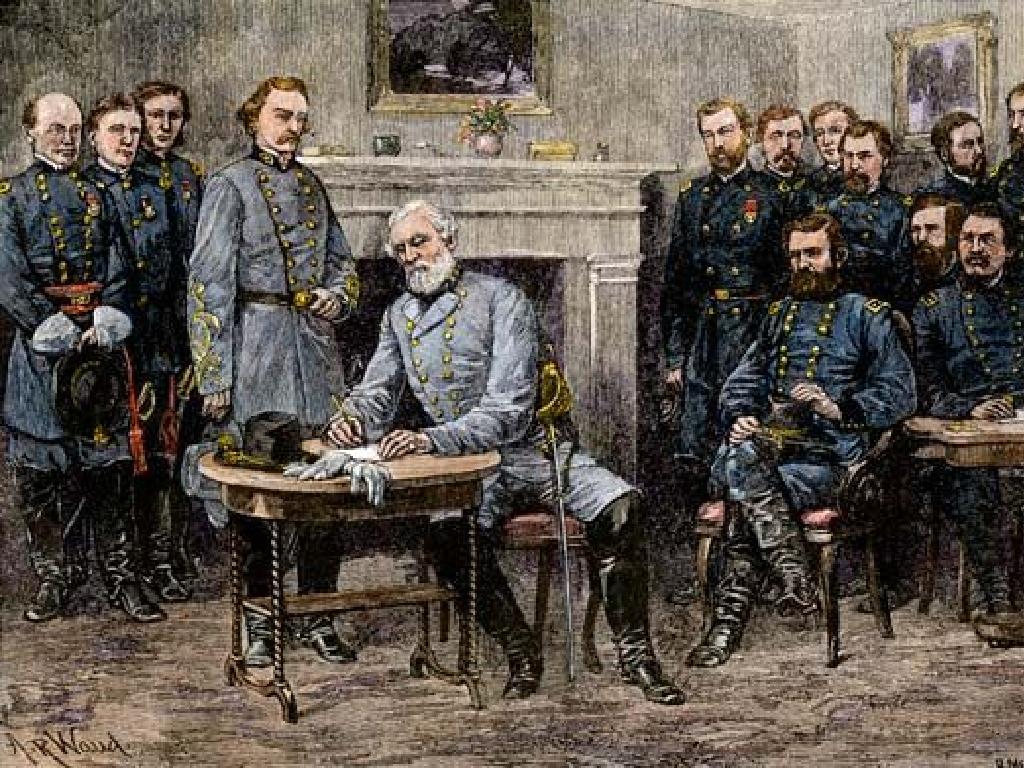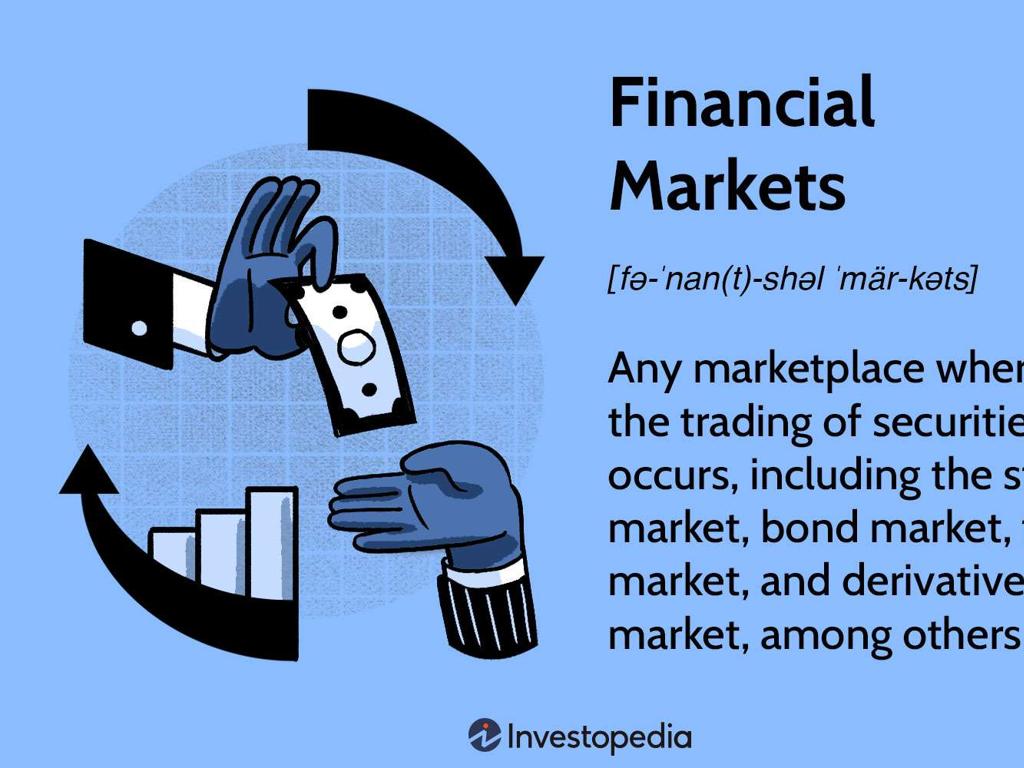Use A Map Key
Subject: Social studies
Grade: Second grade
Topic: Geography
Please LOG IN to download the presentation. Access is available to registered users only.
View More Content
Understanding Map Keys
– Maps tell us about places
– Map keys explain symbols
– Like a legend, it helps us read a map
– Symbols represent real things
– A tree symbol might stand for a park
– Practice using map keys
|
This slide introduces the concept of map keys to second-grade students. Begin by explaining that maps are tools that help us understand where things are in the world. Emphasize that maps have symbols, and the map key (or legend) explains what those symbols mean. For example, a symbol of a tree on the map might represent a park. Encourage students to think of symbols as a secret code that they get to decode using the map key. Plan an activity where students practice using map keys by identifying symbols on a classroom map and explaining what they represent. This will help them become familiar with interpreting maps and using keys effectively.
Understanding Maps and Map Keys
– What is a map?
– A map is a picture that represents an area
– Maps show different places
– They can display continents, countries, or your local area
– Maps have various types
– Some maps show roads, others show weather
– Map keys explain symbols
– Symbols on maps are decoded using the map key
|
This slide introduces students to the concept of maps as representations of different areas, from a broad scale like countries to a more focused view like neighborhoods. Explain that maps serve various purposes, such as showing political boundaries, physical features, or routes. Emphasize the importance of map keys, which help us understand the symbols used on maps. Symbols might represent things like mountains, rivers, or buildings. Activities can include identifying symbols on a classroom map using the map key or creating a simple map of the school or neighborhood with a key.
Understanding Map Keys
– What is a Map Key?
– A Map Key shows what symbols mean
– Symbols tell a story
– Like emojis for maps, they give information without words
– Map Key examples
– Example: A tree symbol may represent a forest
– Practice using a Map Key
– We’ll learn to read symbols with a Map Key activity
|
This slide introduces the concept of a Map Key to second-grade students. Begin by explaining that a Map Key is like a legend that helps us decode symbols on a map, similar to how emojis convey messages without text. Provide clear examples of common symbols found on maps and what they represent, such as a tree for a forest or a tent for a campsite. Engage the students with a simple activity where they use a Map Key to identify symbols on a classroom map, reinforcing their understanding of how to interpret different geographical features and landmarks.
Understanding Map Keys
– What is a map key?
– It’s a guide to understand map symbols
– Symbols represent real things
– Like a legend, each symbol has a meaning
– Example: Triangle means mountain
– Triangles on maps often point to mountains
– Practice finding symbols
|
This slide introduces students to the concept of a map key, an essential part of map reading in geography. A map key, also known as a legend, helps us decode the symbols used on a map, linking them to real-world objects or features. For instance, a triangle on a map typically represents a mountain. It’s important to explain that these symbols are standardized so that anyone can understand them. Encourage the students to think of a map as a storybook where each symbol tells a part of the story. During the lesson, engage the students in an activity where they identify different symbols on a map using the map key. This will help them practice and reinforce their understanding of how to use map keys effectively.
Let’s Practice Using a Map Key!
– Understand map key symbols
– A map key explains what each symbol stands for.
– Locate symbols on the map
– Find and point to symbols like trees, mountains, and lakes.
– Interpret symbols to learn about a place
– Symbols can show us where to find parks, rivers, and buildings.
– Share what you’ve learned
|
This slide is for a class activity where students will practice using a map key to interpret a map. Start by explaining that a map key is like a legend that helps us understand what the symbols on a map represent. Each symbol on the map stands for something in the real world, such as a tree for a park or a wavy line for a river. Have students look at a map key and identify what each symbol means. Then, ask them to find these symbols on the map. Discuss what the symbols tell us about the place being represented. For example, a lot of tree symbols might indicate a forested area. Encourage students to share their findings with the class. This activity will help them understand how to use a map key and why it’s an important skill in geography.
Create Your Own Map Key
– Think of a familiar place
– Draw a simple map
– Like your school or neighborhood
– Create a map key
– Include a compass and legend
– Use symbols for important landmarks
– Trees, buildings, and roads
|
This slide initiates a class activity that encourages students to apply their knowledge of map keys by creating one for a place they are familiar with. Start by asking students to visualize their school or neighborhood and discuss the important landmarks they would include on a map. Guide them through drawing a simple map on paper, ensuring they understand the concept of scale and how to represent different items with symbols. They should then create a map key, also known as a legend, to explain what each symbol stands for. This activity will help solidify their understanding of map keys and how they are used to interpret information on a map. Provide examples of symbols for common landmarks like trees for a park, a square for a building, or a line for a road. Encourage creativity and ensure they understand that a map key makes the map useful to someone who is not familiar with the area.
Map Key Scavenger Hunt
– Split into teams for a hunt
– Each team gets a school map
– Use the map key for clues
– Symbols might represent the library, cafeteria, or classrooms
– Write what each symbol means
– For example, a book symbol could mean library
|
This class activity is designed to help students understand and use a map key effectively. By splitting the class into teams, students will engage in a hands-on learning experience where they will use a map of the school to locate various landmarks. The map key will guide them in identifying what each symbol on the map represents. Teachers should ensure that each team has a map and understands the rules of the scavenger hunt. Possible variations of the activity could include finding physical objects, answering questions about the locations, or drawing their own symbols on a blank map. This activity will reinforce the concept of a map key and its practical use in navigation.
Map Key Mastery
– Congratulations on learning map keys!
– Now you can read and make maps
– Map keys unlock symbol meanings
– A map key explains symbols like trees, mountains, and lakes.
– Keep practicing your map skills
|
This slide is a celebration of the students’ achievement in learning how to use map keys effectively. It’s important to reinforce the concept that a map key is an essential tool for understanding the various symbols that represent different features on a map. Encourage the students to continue practicing by looking at different maps and identifying the symbols using the map key. Remind them that these skills will help them in creating their own maps in the future, which can be a fun and educational activity. You can suggest that they start by drawing a map of their classroom or their route to school, using symbols and a map key.






